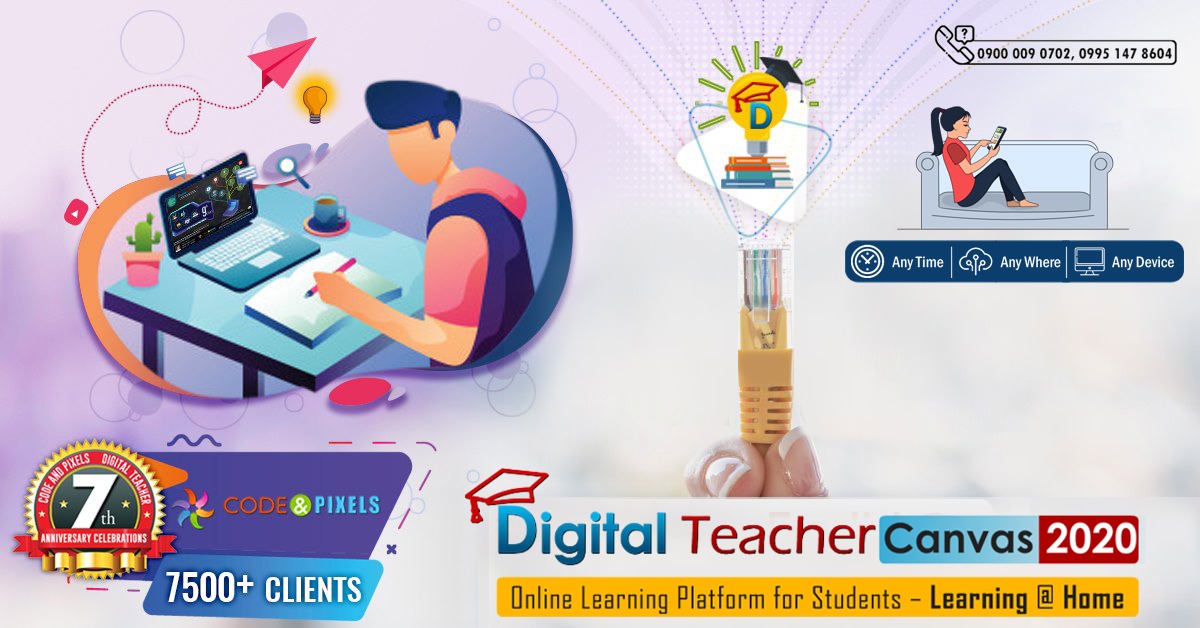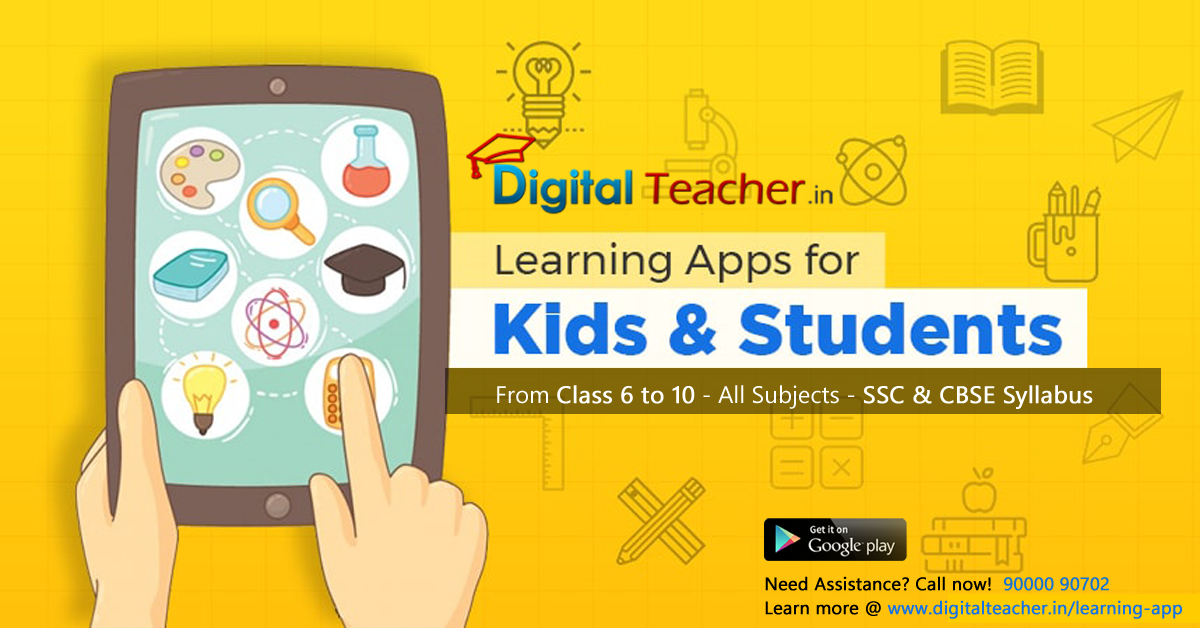Self-Learning through Digital Mediums
 E-Learning software
E-Learning software
Self-study is defined as something studied by oneself without any kind of help or supervision by a teacher or a trainer, though the person studying may take the help of some external sources like books, learn online through tutorials, and encyclopedia etc. Hence it would not be wrong to say that it is a form of study in which the student himself is responsible to a large extent for his own instruction and is himself a teacher. There is no one to tell him or guide him to do something or the other. It may also be defined as “learning on our own” or being the teacher for himself or herself.
Being able to research and use materials which back up study or offer different interpretations of the study area is an essential aspect of self-studying and self-learning. Primarily one needs to be aware of where to look for information, how to access it and how to use it. There are several educational resources for this. One must also be able to scrutinize sources to check whether they are relevant and of a suitable nature to be included within the work.
Books, articles, and educational videos are all highly effective ways to increase his or her understanding of new concepts.
The Internet is an optimal resource for aspiring autodidacts, and with more sites being geared specifically towards learning anytime and anywhere, individuals all over the world have access to a cost-efficient and customizable education. It has been the key to learn online. The Internet constitutes an essential link in education and a supplementary element not only in the traditional model of instruction but also in self-education. It opens a new generation of distance education, introducing sophisticated delivery tools and creating a paradigm shift with profound implications on the design of distance education courses. Udacity, edX, Coursera, and Academic Earth are just a few of the low-cost or free education resources/providers available through the web. Classes covering physics, law, business, engineering, politics, history and more are available and many contain lectures, quizzes, and tests that students complete at their own pace.

Another significant educational resource for self-learning is educational software. Educational portals contain software that allows creating an environment that is central to all activities undertaken with respect to learning. Through e-mail and the discussion forum mechanism it is possible to quickly react to the questions and problems of learners. Educational software uses modern, multimedia and interactive educational tools, provide e-learning courses, which apply effective educational methods, such as: specific, yet attractive for users, case studies or decision-making quizzes.
However, the main disadvantage of this is that the student will not be exposed to direct interaction which impacts the social life and mingling nature. So self-learning may never completely replace classroom learning method. But still, it must be encouraged to a certain level as it allows one to learn at their own paces and increase the eagerness to research further.
Subscribe to my newsletter
Read articles from E-Learning software directly inside your inbox. Subscribe to the newsletter, and don't miss out.
Written by

E-Learning software
E-Learning software
IETM means Interactive electronic technical manuals. To make the IETM, we need all the manuals which are in electronic format. It means soft copies i.e. DOC files or PDF files of all the manuals finalized and reviewed by the relevant approval authority i.e. DGQC, MAG etc and all the Drawings, Images and Videos if you have any.